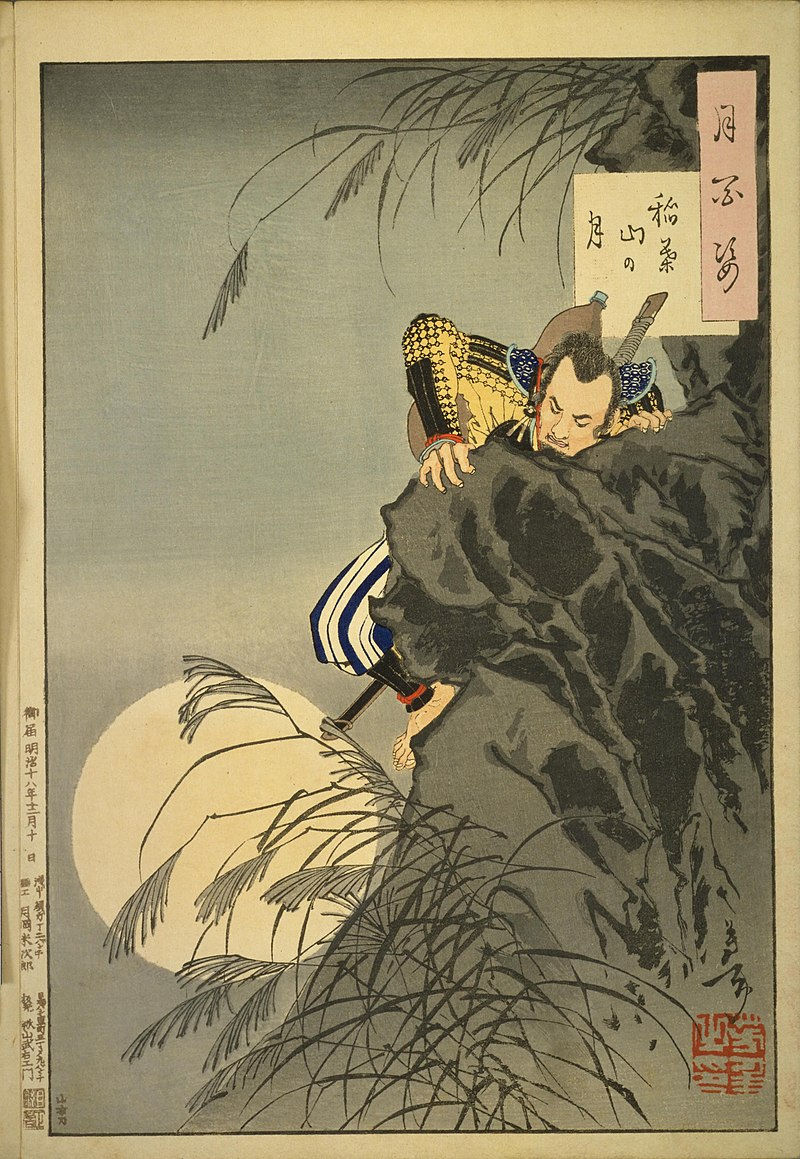Uesugi Kenshin
- 2304583d
- Aug 4, 2024
- 2 min read

Uesugi Kenshin (上杉 謙信) (1530–1578) was a notable Japanese daimyo (feudal lord) during the Sengoku period, renowned for his military skill, strategic prowess, and strong leadership. He ruled the Uesugi clan and was a key player in the regional conflicts of the time.
Early Life and Background
Birth and Family: Born as Nagao Kagekatsu, he was the son of Nagao Tamekage, a prominent daimyo. He later took the name Uesugi Kenshin after being adopted by Uesugi Norimasa, the head of the Uesugi clan, which allowed him to inherit the clan’s leadership.
Succession: After the death of his adoptive father, Kenshin assumed control of the Uesugi clan in 1551. He established himself as a powerful and influential daimyo in the region.
Military Achievements
Strategic Genius: Uesugi Kenshin was famous for his military strategies and tactics, particularly his skill in using cavalry. His ability to conduct effective and innovative warfare earned him the nickname "Dragon of Echigo," referring to his home province of Echigo (present-day Niigata Prefecture).
Notable Battles: Kenshin is best known for his rivalry with Takeda Shingen, another powerful daimyo of the Sengoku period. Their ongoing conflict, particularly the series of battles known as the Battles of Kawanakajima (1553–1564), showcased Kenshin’s tactical brilliance and made him a legendary figure in Japanese military history. These battles were characterized by intense fighting and strategic maneuvers, though neither side could achieve a decisive victory.
Expansion and Defense: Kenshin expanded his domain significantly and defended it against various threats. He successfully repelled invasions and secured his territories, contributing to the stability of his rule.
Political and Administrative Reforms
Governance: Kenshin was not only a military leader but also an effective administrator. He implemented reforms to improve the administration and economy of his domain. He promoted agricultural development and worked to ensure the welfare of his subjects.
Religious Influence: Kenshin was known for his devotion to the Buddhist faith, particularly to the Nohraji sect. His religious beliefs influenced his policies and interactions with both allies and enemies.
Death and Legacy
Death: Uesugi Kenshin died in 1578 under somewhat mysterious circumstances, though it is believed he succumbed to illness. His death led to a power struggle within the Uesugi clan and a period of instability.
Legacy: Uesugi Kenshin is remembered as one of Japan's greatest military leaders and a prominent historical figure of the Sengoku period. His military achievements, strategic innovations, and administrative skills have made him a celebrated figure in Japanese history. He is often depicted in literature, film, and popular culture as a symbol of martial excellence and leadership.
Kenshin’s legacy continues to be influential in Japanese history and culture, and his life remains a subject of fascination and admiration.




Comments